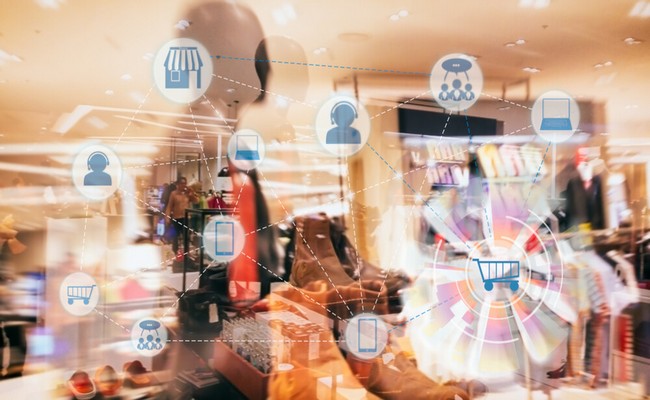Data Monetization and Its Importance:
Data monetization involves the use of data to acquire measurable economic advantage. Data is critical for businesses in the fashion industry in various ways. For example, it helps designers in the industry understand how to create customer-based designs. Fashion brands can also leverage data to advertise their attire.

Many people across the world rely on the fashion industry in various ways. However, big data is now revolutionizing cloth marketing and selling strategies to a wide range of customers. Today, big data and applicable analytics play a critical role in predicting trends and evaluating customer preferences and habits.
Currently, numerous brands use big data to develop strategies and improve customer experiences by allowing consumers to dictate their desires. Read on to figure out whether data is transforming the fashion industry.
Data and Consumers
Both retailers and famous brands can leverage big data to create a digital supply chain and meet customer demands. Players in the fashion industry use data to evaluate customer behavior both in-store and online. Online data is a representation of what a majority of people like or detest. To get significant results from data, you need to collect, evaluate, and clean it first. For satisfactory results, you can use our recommended apps for an accurate data collection system and adequately segment your audience.
Leveraging Big Data to Develop Large Brands
Many businesses today are relying on big data today. Amazon, for example, recently contacted a study to collect and compare body types in a bid to determine how bodies evolve. Online retailers can leverage such data to ensure people purchase the correct clothes, curb returns, and increase customer satisfaction.
It is worth mentioning that data collection can be a lengthy and challenging process. Major brands in the fashion industry like Ralph Lauren and Zara have big data to thank for their consistent success. These brands have managed to study customer choices to facilitate effective brand development that meets customer preferences through data.
Away from the Limits of Data
Data acts as an alarm to alert customers when popular products are almost selling out. Here, predictive analysis can establish customer trends, behavior and help forecast future acquisitions depending on the customer’s previous data.
Retailers can also leverage data to evaluate their inventories turnabout time and prepare for subsequent sales appropriately. Big data is a significant breakthrough for customers and suppliers in the fashion industry seeking change.
Tracking of customer data is executed by determining customer’s WiFi signals from their mobile gadgets. In this case, customers are monitored to establish: the departments they visit most, the amount of time they spend there, and whether they are repeat consumers. Retailers can use such statistics to satisfy their customers by showcasing popular products or even rearranging specific collections.
Finally
Data is a vital innovation factor, and brands that adopt advanced data-based strategies are set to remain ahead of their competitors. Remember, data can only be declared feasible if professionals have been involved in its collection and processing. Retailers who leverage data to develop new products or audit customer habits have increased chances of excelling in the highly competitive e-commerce industry.

Mayedul Islam is a Founder and Editor of Garments Merchandising. He is an Expert in Garments Merchandising. Writing is his passion. He loves to write articles about Apparel, Textile and Garment Washing specially on Merchandising. Mail him at mayedul.islam66@gmail.com


Thank you for sharing such informative content. This really helps us.